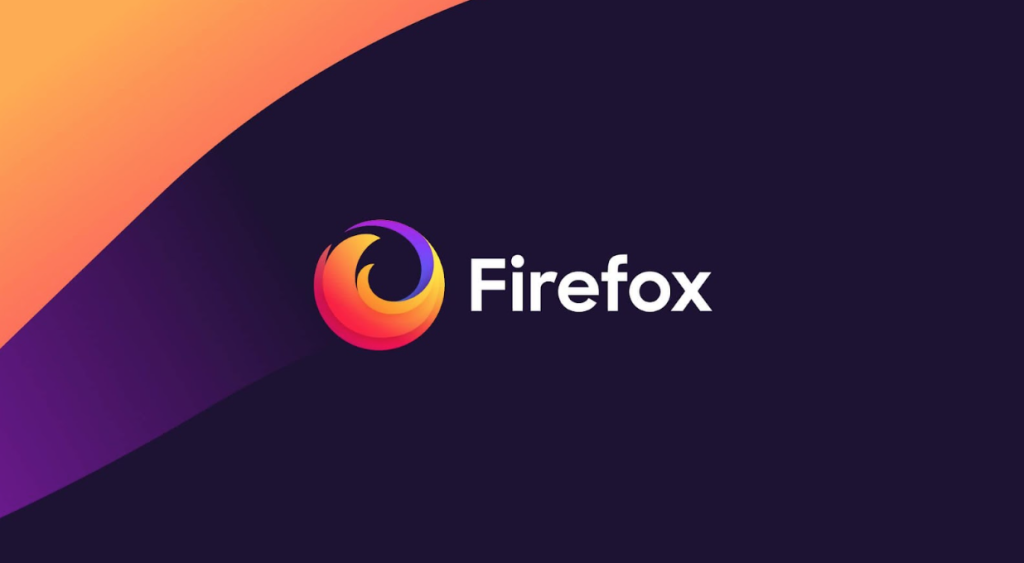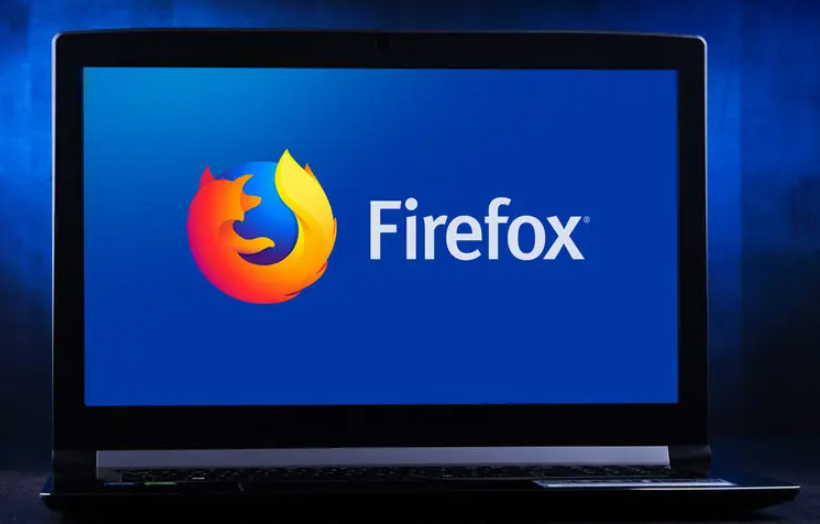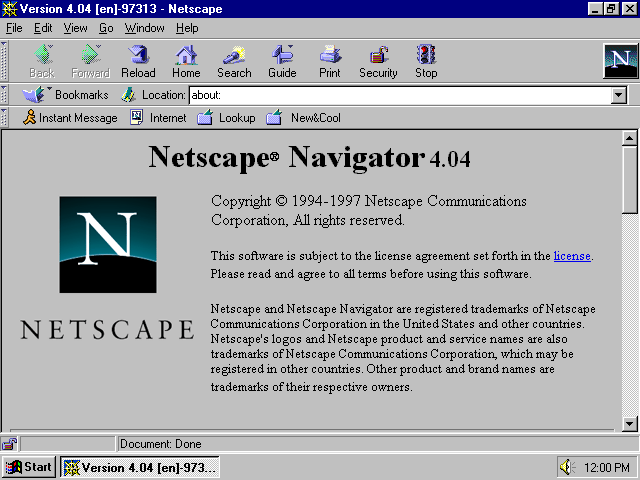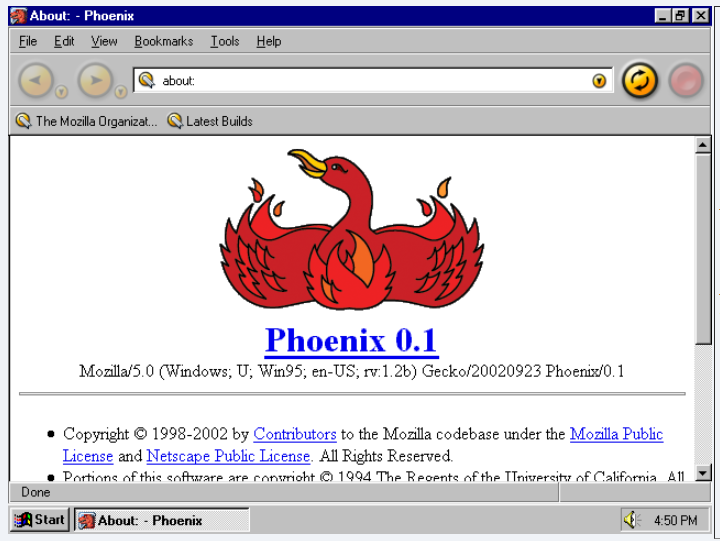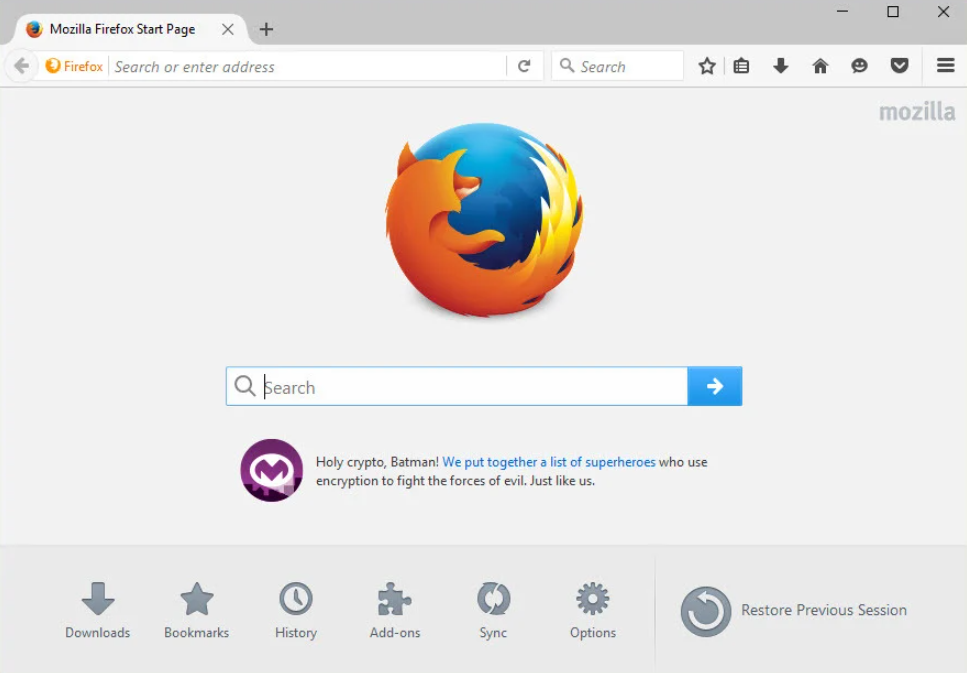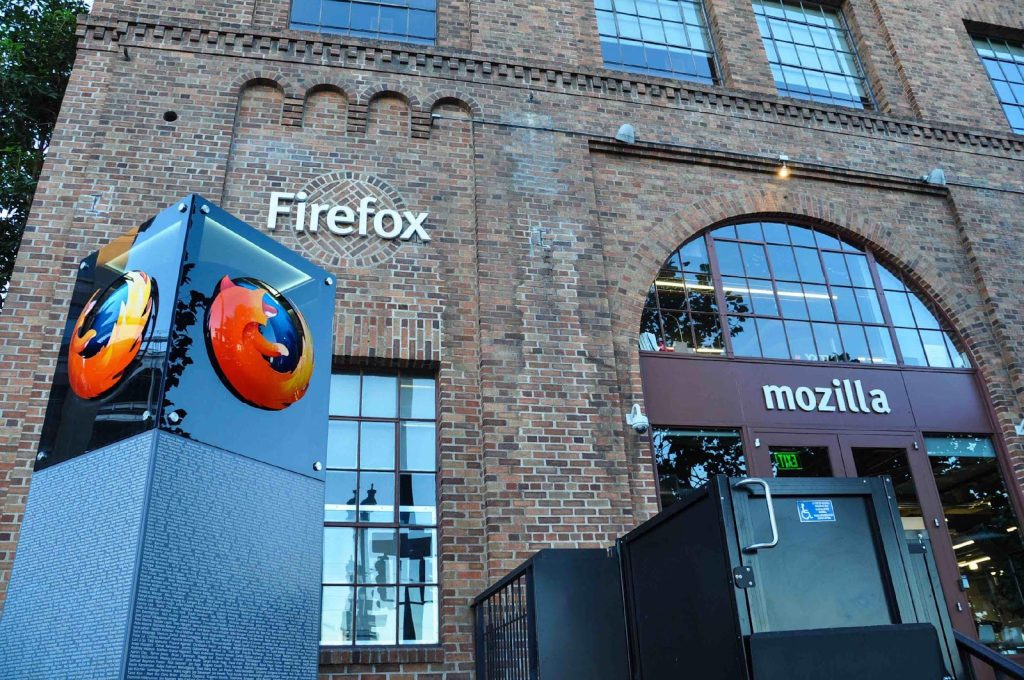Nowadays Google Chrome may be your preferred browser, but it wasn’t too long ago that users sought out Firefox to use exclusively for their web browsing. Even today, Firefox has a loyal following and with their attempts to keep up with Chrome’s features, and their security measures, we can’t say we blame them.
Even if you use another browser, sometimes those browsers crash or you want to test out another software to see if that loads faster or works better – and if that’s the case, Firefox may be the software you explore.
Regardless of your preferences, Firefox came onto the scene in 2002 and has an interesting story about staying relevant in a competitive market and developing a logo that people all over the globe still recognize today. If you want to learn more about this story, then you came to the right place. Below we take a deeper dive into the Firefox brand and share some lessons we all can learn from their successes and missteps.
Meet Firefox
Founded in 2002, under the Mozilla Corporation by a former group of Netscape employees, Mozilla Firefox is an open-source browsing software. Originally called, Phoenix (technically called “Phoenix 0.1), the software changed its name to Mozilla after another company already claimed that name. Officially released in 2004, Mozilla immediately became a beloved tool on the web scene with its unique features like bookmarking, tabbed browsing, and pipelining. What drove customers to Mozilla over other software though, was the browser’s speed, security, and add-ons. Not only could users download multiple images on a website fast, but Firefox could also block pop-up ads from disturbing your search. Within the first 9 months of its launch, Firefox was downloaded more than 60 million times.
Firefox was first developed using the Gecko rendering engine but has since adopted new technology to create a more intuitive user interface. Today, users can find Firefox on Windows 7 (and later Windows versions), macOS, Linux, Android, and iOS. Beyond those interfaces though, an optimized version of the software can also be found on Amazon Fire TV.
Firefox’s Evolution
While some companies experience a complicated evolution with many stops and turns along the way, Firefox’s evolution is the exact opposite, as highlighted below.
1994: Netscape was founded
While Firefox was not formally founded until 2002, a different company created under the Mozilla Corporation umbrella was founded – Netscape. Netscape was one of the first internet browsers created but the browser struggled to gain users because Netscape’s competitor was Internet Explorer, and Internet Explorer was installed with every Windows product that was sold. Netscape was sold to AOL later in the 90s, which gave Mozilla Corporation a blank slate to start over by creating a new browser.
2002: Phoenix was founded
The next browser Mozilla Corporation developed was called “Phoenix 0.1.” After Phoenix was developed, Mozilla was forced to change the browser’s name because another company already owned this name and domain.
2004: Mozilla Firefox is launched
After two years of development, Mozilla Firefox was ready to be launched in 2004 under a new name by former Netscape employees. These employees took the lessons they learned from Netscape’s development and created a new and improved browser that was faster, had a suite of add-ons, and had added security.
Roadblocks Along the Way
The biggest hurdle Firefox had to navigate took place in 2008. In 2008, Google Chrome entered the browser industry and after Chrome entered the market, Firefox went from a 30% market share to only a 10% market share. Since Chrome’s arrival, Firefox has been able to stay present and relevant even with more competition from mobile browsers like Safari.
For brands like Firefox, it’s important to pay close attention to data security regulations, changing technologies around this, and data protection. With the internet, come hackers, and these companies must stay on top of their data and security because those are two of the most important things that users consider when choosing a browser. Luckily for Firefox, they have done well with both of those things.
The Meaning of Firefox’s Logo and Firefox’s Logo History
While Firefox’s logo has gone through an evolution, you’ll notice as you dive into this section that the logo has not changed much overall. The logo was inspired by a favorite passage from the designer’s childhood bible. The passage that he sourced inspiration from was about jackals whose tails were on fire, which you’ll see incorporated into this logo.

2002: The first version of the Firefox logo
The same year that Phoenix was founded, the company’s first logo was also founded. But just like the short-lived Phoenix name, this logo version was also short-lived. This first logo iteration featured a bird (a Phoenix) rising from its ashes.
To not have to unveil and create a new logo, the company tried to take the name “Firebird” so they could keep this same logo, but that name was also not available.

2004: The second version of the Firefox logo
Once the brand was officially called “Mozilla Firefox,” a new logo was also created. At first glance many may associate the logo with being a “fire fox” surrounding the world, but the animal is actually the rare, red panda. Red pandas are found in Asia and when “red panda” was translated from Chinese to English, Firefox became the name (because “firefox” is the nickname of the red panda).

2017: The third version of the Firefox logo
Between 2004 and 2017, the Firefox logo experienced some slight changes with different shading, different darkness, and different color-based features. However, in 2017, the logo experienced even more colors, with less fading. The details on the red panda and globe faded and the logo became more focused on the shapes of the symbols. This move is aligned with other companies that also went through redesigns at that time – companies like MasterCard and Starbucks.

2019: The fourth (and current) version of the Firefox logo
Since the company never went through an entire logo redesign, Firefox decided to explore this in 2019. This logo incorporated a wordmark with the Firefox name and ultimately helped to create an entirely new brand identity. This logo looks more corporate, and the entire branding (beyond the logo) includes different icons for different products. This new logo removed the red panda and globe and uses gradients, geometry, and new colors, to stand out from the competition.
Firefox’s logo font:
For most of Firefox’s logo history, no font was included on the logo. However, in 2019, with Firefox’s new logo, a font was introduced. This font displayed on the logo’s wordmark is Firefox Sharp Sans, which is a bold, distinctive, serif that stands out.
Firefox’s logo color:
For most of the last 18 years, Firefox’s logo has consisted of a mixture of warm and cool colors. The logo used to feature a red panda in orange that encircled a blue circle, which represented the Earth. These complementary colors worked well together and helped to convey Firefox’s message that Firefox is everywhere that you use the web. For the recent logo that Firefox uses today, new colors were introduced. These new colors were still warm and cold and complemented each other while providing a corporate tone to the logo. Additionally, these color colors energize the brand and make the logo more dynamic.
Firefox’s logo symbols:
As we mentioned earlier, at first glance, many associate Firefox’s logo with a fox encircling a blue globe. The emblem is actually a red panda, not a fox though. The use of these components together is meant to convey that not only does Firefox work fast, but anyone in the world can have access to the software.
Firefox Today
In 2008, Firefox was on top of its game with almost 32% of people choosing Mozilla Firefox as their preferred browser. That was before Google Chrome entered the market though and since Chrome entered the market, Firefox began to struggle to hold onto its market share. Today, Firefox has less than 4% of the market, but instead of only seeing Google as a competitor, Firefox works with them.
Google and Mozilla are business partners, and each year Google pays Mozilla money in royalties that are in the hundreds of millions of dollars (close to $400 million each year). Google pays this money because Google’s search engine is set to be the default search engine within Firefox. This partnership has helped keep Firefox afloat.
In 2020, Firefox reported earnings of $496 million. Most of these earnings were from royalty agreements, which totaled $441 million. Beyond Google, Firefox also has royalty partnership agreements with Yandex Search (based in Russia) and other companies.
Google has renewed its deal with Mozilla until 2023. With this partnership, Mozilla’s monthly, active users have remained consistent at 215 million users, which shows their users are loyal.
Mozilla’s headquarters can be found in Mountain View, CA and today, Mozilla employs about 750 workers.
Lessons Learned from Firefox
Even with companies that are struggling to dominate the market (or just have a fair market share), there are lessons to be learned. With Firefox, that is a message of evolution. The logo has always mimicked the company name, first resembling a phoenix rising from the ashes, then resembling a red panda (which is nicknamed “fire fox”) encircling a globe. Having the image directly tied to the company’s name helps users and customers with brand association. If you saw the “firefox,” you instantly knew you were using a Firefox product, and vice versa. Being intentional with this selection ultimately helped the brand build brand loyalty, and not give up 100% of the market to Google Chrome.
These intentional choices go together with the next lesson to be learned when it comes to logo design – Firefox made its logo unique and memorable. There was no confusion about what Firefox’s logo was and it stood out from its competitors.
A final lesson you can learn from Firefox’s logo evolution is to do your research. Firefox went through an entire logo design based on the company name “Phoenix.” It wasn’t until after Phoenix’s logo was designed that the company found out that another business already claimed that name. If the brand did this research earlier, it would have saved them time, energy, and money in the long run. As you develop your company’s logo, ensure you aren’t infringing on a fellow company’s copyrights or taking an already claimed name or logo, so you don’t make the same mistake that Firefox did.
What Firefox shows us all though is that a lot can happen in just a couple of decades. Firefox went from being one of the preferred search engines to a search engine that is trying to just simply stay in the running. What has kept Firefox around though is that the brand is continuously adapting to the environment it finds itself in. If it needs to go through a major logo update ~15 years after the company is first launched to get attention, Firefox does that. And if the company needs to partner with a competitor to generate revenue, Firefox does that as well.
As you develop your own brand’s logo, you may be using Firefox as an example of “what not to do” – and that’s okay, we don’t blame you! The company has struggled to be at the top of the industry, but that doesn’t mean that its logo hasn’t worked for them. Their logo stands out and if we had to guess, we’d probably guess that you knew what Firefox’s logo looked like before diving into this article. So, maybe there are some positive lessons you can take from Firefox as well?

